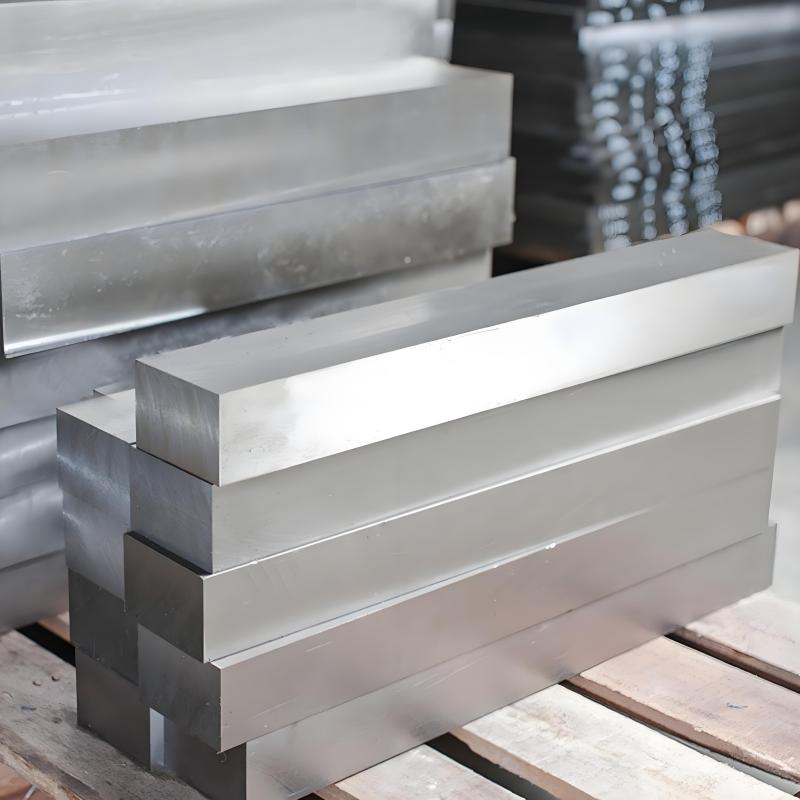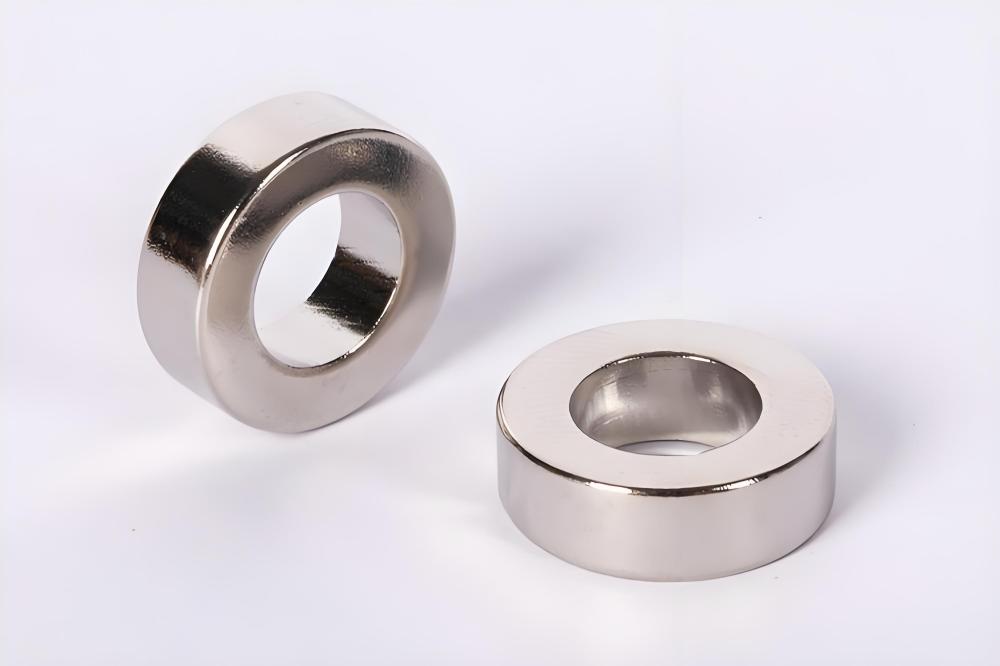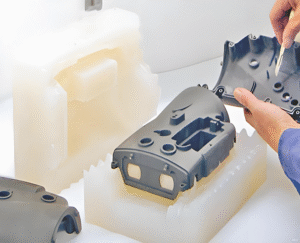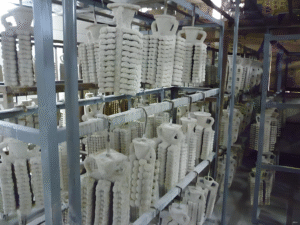Choosing the right material is critical in industrial manufacturing. One steel that consistently delivers high performance and durability is M2 tool steel. Known for its hardness, heat resistance, and wear durability, this steel is widely used for cutting tools, precision components, and molds. In this guide, we explore everything about M2 tool steel, including its properties, applications, and benefits for modern machining.
What is M2 Tool Steel?

M2 tool steel is a type of high-speed steel (HSS) specifically designed to retain strength and sharpness at elevated temperatures. Unlike conventional carbon steels, M2 steel maintains performance even under high-speed cutting and heavy machining operations, making it ideal for metalworking tools and industrial dies.
Composition of M2 Tool Steel
- Carbon (C): 0.85–0.95%
- Tungsten (W): 6.0–6.5%
- Molybdenum (Mo): 5.0–5.5%
- Chromium (Cr): 3.8–4.5%
- Vanadium (V): 1.8–2.2%
This combination of elements gives M2 tool steel a unique balance of hardness, toughness, and wear resistance, making it superior for high-performance cutting tools compared to standard tool steels.
Key Properties of M2 Tool Steel:
Understanding M2 tool steel’s properties is essential for manufacturers and machinists.
Hardness: After proper heat treatment, M2 steel achieves 64–66 HRC, which is perfect for drill bits, end mills, and high-speed cutting tools. It maintains sharpness and precision under heavy loads.
Toughness: Hardness alone isn’t enough. M2 tool steel also offers excellent toughness, reducing the risk of chipping or breaking during heavy machining tasks.
Heat Resistance: One of the key advantages of M2 steel is its ability to withstand high temperatures up to 500–600°C without losing hardness, making it ideal for continuous, high-speed operations.
Machinability: Despite its strength, M2 tool steel can be machined, ground, and polished effectively when using the correct equipment and heat treatment techniques.
Heat Treatment Techniques of M2 Steel
The durability and performance of M2 tool steel largely depend on proper heat treatment:
- Annealing: Softens steel for easier machining.
- Hardening (Quenching): Rapid cooling enhances hardness.
- Tempering: Reduces brittleness while preserving strength.
Following these steps ensures that tools made from M2 steel are reliable and maintain high performance throughout their lifespan.
Common Applications of M2 Tool Steel

M2 tool steel is highly versatile and used across industries. Common applications include:
- Cutting Tools: Drill bits, milling cutters, taps, and reamers
- Molds and Dies: High-precision tools for shaping metals and plastics
- High-Speed Machining Components: Parts exposed to friction and high temperatures
Compared to other tool steels, M2 excels in high-speed machining where precision, efficiency, and durability are crucial.
Advantages and Limitations of Using M2 Tool Steel
Advantages
- High Wear Resistance: Maintains sharpness and performance for longer periods.
- Durable and Long-Lasting: Reduces tool replacements and downtime.
- Heat Resistance: Performs well under high-speed cutting conditions.
- Versatility: Suitable for a wide range of tools and industrial applications.
- Cost-Effective Over Time: The initial investment is higher, but long-term savings are significant.
Limitations
- Higher Initial Cost: More expensive than basic carbon steels.
- Processing Requirements: Requires precise machining and proper heat treatment.
- Potential Brittleness: Improper tempering may lead to chipping under stress.
By understanding these factors, manufacturers can use M2 tool steel effectively and achieve maximum performance.
Conclusion
M2 tool steel is a high-performance material that plays a vital role in modern manufacturing. Its combination of hardness, toughness, and heat resistance makes it ideal for cutting tools, molds, and high-speed machining components. By understanding its properties, applying proper heat treatment, and using it in the right applications, manufacturers can achieve precision, efficiency, and long-lasting tool performance.
Investing in quality M2 tool steel is a smart choice for anyone involved in machining, engineering, or industrial production, offering reliable performance and long-term value.




